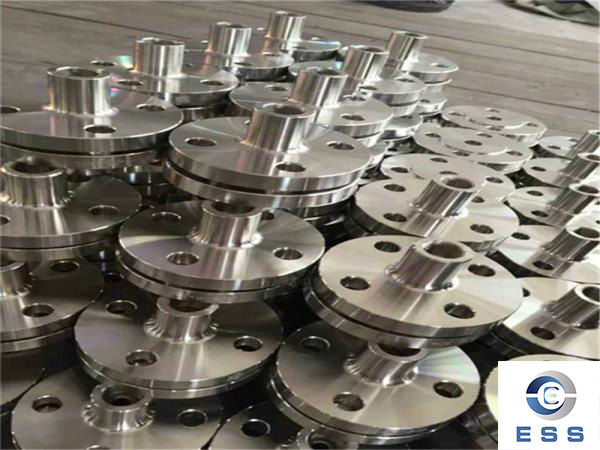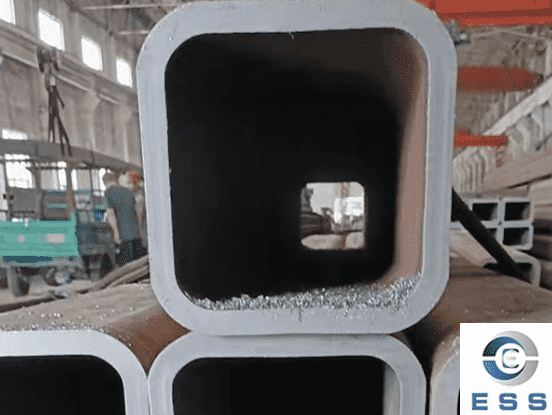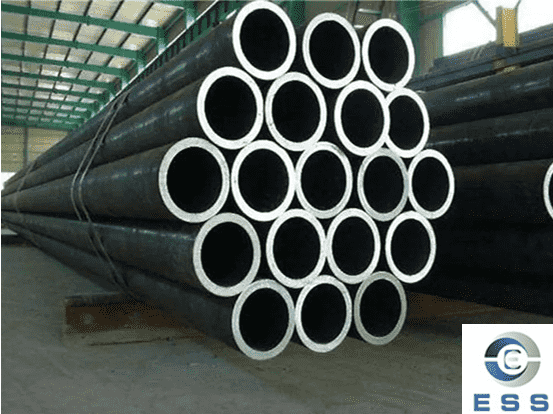
Ceaning method of flange
1. Mechanical method
Mechanical method is a very effective way to deal with oil stains on the flange surface. Specific methods include scraping, rinsing or brushing the flange surface with tools such as whetstones, sandblasters and mechanical brushes. Among them, using a whetstone or sandblasting machine can fully remove surface oil stains, rust spots, oxides and other impurities to achieve a clean surface effect. Mechanical brushes can remove stubborn dirt that is difficult to remove, but care must be taken not to affect the flatness of the flange sealing surface.
2. Chemical methods
Chemical methods are another effective way to clean oil of the flange surface. In chemical methods, commonly used cleaning agents include organic solvents, alkaline solutions, and acidic solutions. Among them, organic solvents are suitable for cleaning lighter dirt, alkaline solutions can remove oil stains and some corrosive substances, and acidic solutions can effectively remove rust spots and oxides.
Cleaning steps
1. First, clean the debris, dirt, etc. on the surface of the flange ;
2. Put the detergent into the water and stir thoroughly;
3. Put the flange into the cleaning solution and soak for 5-10 minutes;
4. Use a soft brush or sponge brush to gently scrub the surface of the flange , being careful not to use excessive force to avoid scratches;
5. Use clean water to clean the surface of the flange to ensure that there is no detergent residue;
6. Dry the flange or wipe them clean with a cleaning cloth.
When using chemical cleaning agents to clean the flange surface, you need to pay attention to the following points:
1. Choose a suitable cleaning agent. Do not use highly acidic and alkaline cleaning agents to avoid damage to the flange. Be careful not to cause secondary pollution when using cleaning agents;
2. The flange surface needs to be cleaned before cleaning, otherwise the cleaning effect will be affected;
3. Do not use excessive force when cleaning to prevent damage to the flange;
4. After cleaning, rinse thoroughly to prevent cleaning agent residue from forming new dirt on the flange surface;
5. After cleaning, be sure to dry the flange surface or wipe it clean with a clean cleaning cloth to ensure that there is no residual moisture;
6. Some chemical cleaning agents may corrode flange materials and need to be tested before use.
3. Heat treatment method
The heat treatment method is a treatment method that directly bakes the oil on the flange surface to a carbonized state. This method can oxidize the oil on the flange surface into carbon dioxide and water vapor, thereby achieving a cleaning effect.
This method requires attention to the following points:
1. Use appropriate temperature and time to avoid exceeding the melting point of the flange material;
2. After baking, the flange surface needs to be dusted to completely remove the dirt attached to the surface.
Maintenance method of flange
1. Regular cleaning
It is very necessary to clean the flange regularly. Use detergent and a soft cloth or brush to remove built-up dirt and sediment. Make sure not to damage the surface of the sealing surface when cleaning.
2. Prevent corrosion
Flanges are often exposed to various liquids and gases and are prone to corrosion. It is recommended to use antiseptic or lubricant after cleaning to protect the surface and prevent corrosion.
3. Regular inspection
Regularly check the wear degree of the flange. If serious wear or cracks or other damage are found, it needs to be replaced or repaired in time. This avoids leaks and other safety issues.
4. Prevent over-tightening or over-loosing
When installing the flange, be sure to ensure that the bolts are tightened to a moderate degree. Over-tightening will cause the flange to deform or be damaged, and being too loose will cause leakage. It is important to regularly check the tightness of bolts.
5. Avoid impacts and collisions
Avoid impacts and collisions on the flange to avoid damaging the surface or causing deformation. Be careful when handling and installing to avoid accidental damage.
Summary
Overall, the cleaning and maintenance of flanges is very important for the normal operation and safety of the pipeline system. In daily use, pay attention to regular cleaning, corrosion prevention, regular inspection, proper tightening and avoidance of impact, etc. to ensure the good condition of the flange and extend service life of flange.













 Eastern Steel Manufacturing Co.,Ltd not only improve product production and sales services, but also provide additional value-added services. As long as you need, we can complete your specific needs together.
Eastern Steel Manufacturing Co.,Ltd not only improve product production and sales services, but also provide additional value-added services. As long as you need, we can complete your specific needs together.










